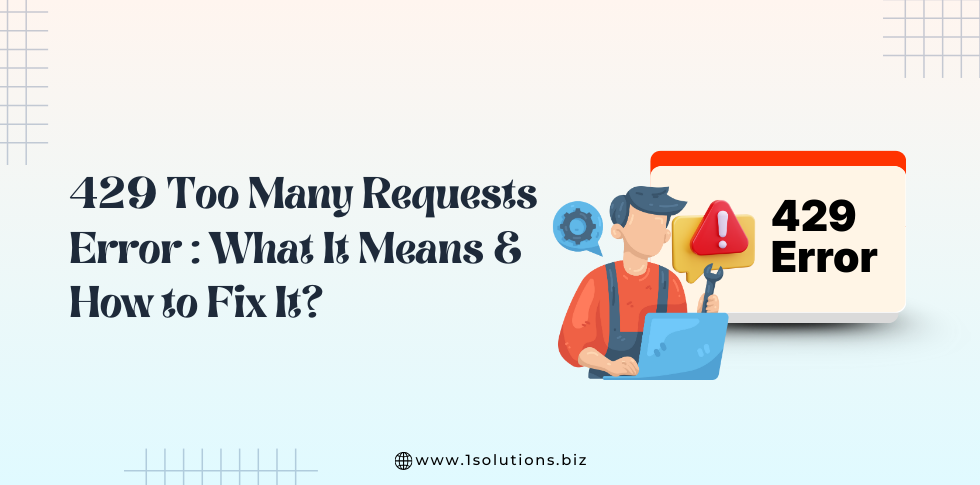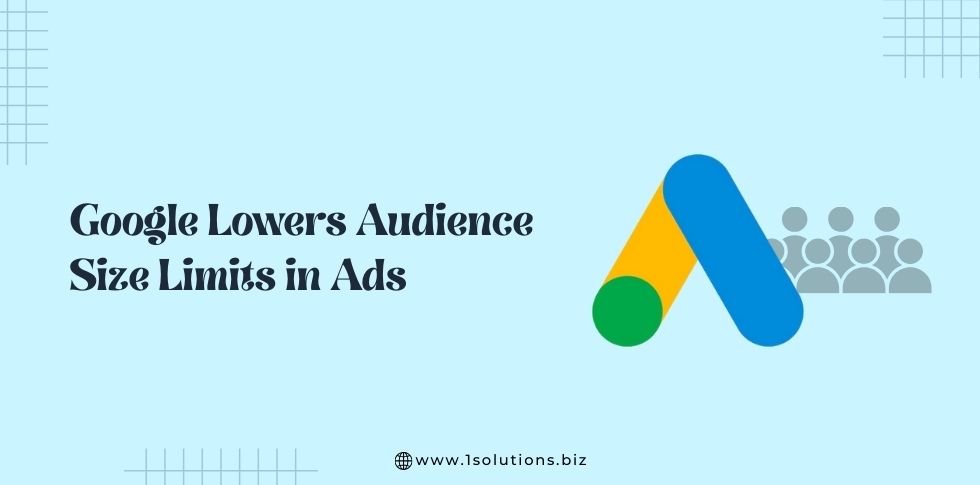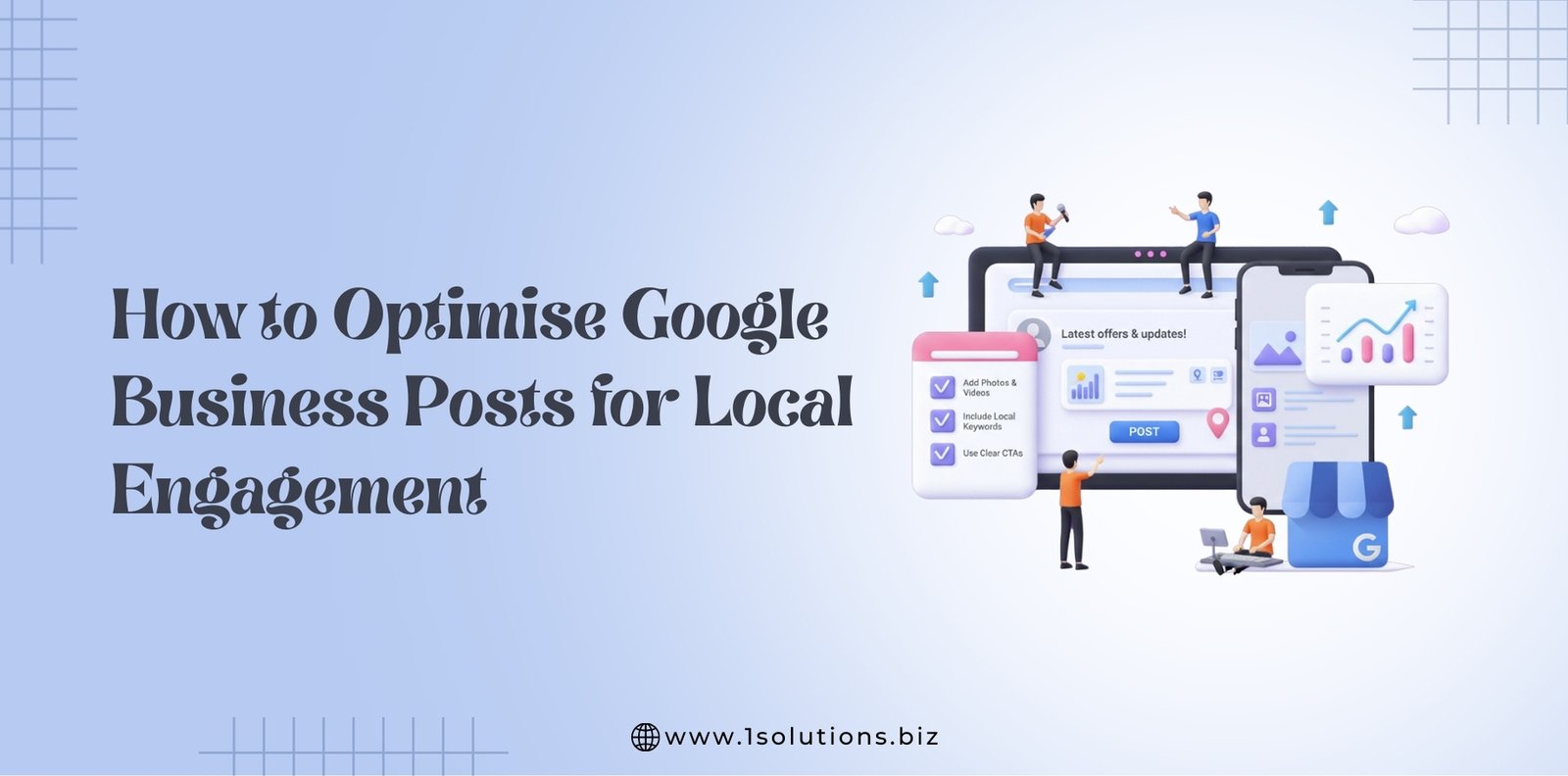I. Introduction
In today’s digital landscape, web analytics plays a crucial role in measuring and improving online performance. Businesses rely on web analytics platforms to track and analyze user behavior, website traffic, and conversion metrics to make data-driven decisions.
Two popular web analytics platforms are Universal Analytics (GA3) and Google Analytics 4 (GA4). Understanding the differences between these two platforms is essential for businesses to choose the right analytics solution for their needs.
II. Universal Analytics (GA3)
A. Overview
Universal Analytics is the predecessor to Google Analytics 4 and has been widely adopted by businesses over the years. It offers a range of features that help track and analyze website data effectively.
1. Tracking code implementation and data collection:
Universal Analytics utilizes a JavaScript tracking code that is placed on web pages to collect data such as page views, events, and e-commerce transactions.
For example, when a user visits a website with the Universal Analytics tracking code, the code records information about the user’s session, including the pages they visit and the actions they take.
2. Standard reports and customization options:
Universal Analytics provides a set of predefined reports, including audience, acquisition, behavior, and conversion reports.
These reports offer insights into website performance, user demographics, traffic sources, and conversion rates. Additionally, users have the flexibility to create custom reports and segments tailored to their specific needs.
For example, a business may create a custom report that shows the conversion rate for a specific product category.
3. Integration with other Google products:
Universal Analytics seamlessly integrates with other Google products, such as Google Ads and Google Search Console. This integration allows businesses to combine data from multiple sources for comprehensive analysis.
For example, businesses can analyze the effectiveness of their Google Ads campaigns by linking their Google Ads account with Universal Analytics and tracking conversions from ad clicks.
B. Disadvantages”
Despite its strengths, Universal Analytics does have certain limitations that can impact its effectiveness in today’s evolving digital landscape.
1. User-centric data tracking challenges:
Universal Analytics primarily relies on cookies for user identification. However, when users clear their cookies or switch devices, their identity may be lost, resulting in incomplete or inaccurate data. For example, if a user clears their cookies and returns to a website, Universal Analytics may treat them as a new user, leading to duplicate or fragmented data.
2. Lack of cross-device tracking capabilities:
Universal Analytics struggles to track user interactions across different devices. As a result, it becomes challenging to gain a holistic view of the customer journey.
For example, if a user starts their journey on a mobile device and completes a purchase on a desktop device, Universal Analytics may not be able to connect those interactions, making it difficult to attribute the conversion accurately.
3. Inability to handle real-time data effectively:
Universal Analytics has limited real-time reporting capabilities. Real-time data is crucial for businesses to monitor website activity, detect issues promptly, and make timely decisions.
For example, if a business launches a marketing campaign and wants to monitor its immediate impact on website traffic, Universal Analytics may not provide up-to-the-minute insights.
III. Google Analytics 4 (GA4)
A. Overview
Google Analytics 4 is the latest iteration of Google’s web analytics platform. It introduces several key features and improvements over Universal Analytics.
1. Event-driven data model:
GA4 adopts an event-driven approach to data collection, focusing on capturing specific user interactions or events. These events can be customized based on the business’s objectives and can include actions like clicks, video views, form submissions, and more.
For example, GA4 can track when a user adds a product to their cart or watches a specific video on a website.
2. Enhanced tracking capabilities:
GA4 offers improved tracking options, including automatic tracking of common events such as page views and video engagement.
This automatic tracking saves businesses time and effort in setting up event tracking manually. Additionally, GA4 provides flexibility in customizing events and tracking parameters to capture more granular data.
For example, a business can track how far users scroll on a page or track interactions with embedded elements like social media buttons.
3. Focus on cross-platform and cross-device tracking:
GA4 addresses the limitations of Universal Analytics by providing robust cross-platform and cross-device tracking capabilities.
It uses a user-centric approach, utilizing Google signals, login information, and device IDs to track users across different devices and platforms. This enables businesses to understand how users interact with their brand, regardless of the devices they use.
For example, GA4 can track a user’s journey from a website to a mobile app, providing a comprehensive view of their interactions and conversions.
B. Advantages
The benefits of Google Analytics 4 make it an enticing option for businesses looking to leverage advanced analytics capabilities.
1. Improved user journey analysis:
With its event-based tracking approach, GA4 enables businesses to analyze the entire customer journey more effectively. By capturing and analyzing specific events, businesses can gain insights into user engagement, behavior patterns, and conversion paths.
For example, GA4 can track the sequence of events that lead to a purchase, such as product views, add to cart actions, and successful transactions.
2. Enhanced privacy and consent management:
GA4 places a strong emphasis on user privacy and data protection. It includes features like enhanced consent controls and data deletion options, helping businesses comply with privacy regulations and build trust with their users.
For example, GA4 allows businesses to provide users with the option to manage their data preferences and opt-out of tracking if desired.
3. Integration with BigQuery for advanced analysis:
GA4 seamlessly integrates with Google BigQuery, a powerful data analytics platform. This integration allows businesses to export their GA4 data to BigQuery, where they can perform advanced analysis, create custom data pipelines, and leverage machine learning capabilities to extract deeper insights from their website data.
For example, businesses can use BigQuery to conduct complex data queries and generate custom reports based on their unique analysis requirements.
IV. Differences between Universal Analytics (GA3) and Google Analytics 4 (GA4)
Universal Analytics (GA3) and Google Analytics 4 (GA4) are two versions of Google’s web analytics platform, each with its own features and functionality. Here are some key differences between the two:
1. Data Collection Model:
– GA3: Universal Analytics uses a session-based data collection model. It tracks user interactions within a session and assigns a unique client ID to identify users.
– GA4: Google Analytics 4 uses an event-based data collection model. It focuses on tracking individual events and user interactions, allowing for more granular data collection and analysis.
2. User-Centric Approach:
– GA3: Universal Analytics primarily focuses on tracking sessions and pageviews, with user-centric data being more limited. It relies on cookies and client IDs to identify and track users across sessions.
– GA4: Google Analytics 4 takes a more user-centric approach, emphasizing individual users and their interactions. It uses a persistent user ID that can be used to track users across devices and platforms, providing a more comprehensive view of user behavior.
3. Enhanced Cross-Platform Tracking:
– GA3: Universal Analytics provides limited cross-platform tracking capabilities. It requires manual implementation and configuration to track user interactions across different devices and platforms.
– GA4: Google Analytics 4 offers built-in cross-platform tracking, allowing you to track user behavior across websites, apps, and other digital platforms without additional configuration. It provides a more unified view of user engagement across multiple touchpoints.
4. Machine Learning Capabilities:
– GA3: Universal Analytics has limited built-in machine learning capabilities. It relies on external integrations and custom configurations to leverage advanced analytics techniques.
– GA4: Google Analytics 4 integrates machine learning at its core. It includes features like automated insights, predictive analytics, and anomaly detection, enabling users to gain valuable insights without extensive manual analysis.
5. Reporting and Analysis:
– GA3: Universal Analytics provides a comprehensive set of standard reports and customization options. Users can create custom reports, dashboards, and segments to analyze data.
– GA4: Google Analytics 4 introduces a more flexible analysis interface. It offers exploration reports, allowing users to create custom analyses using a drag-and-drop interface. It also provides more advanced analysis options, such as funnel analysis and path analysis.
6. Event Tracking:
– GA3: In Universal Analytics, event tracking is typically implemented using custom events. Users define specific events and manually implement the tracking code to capture them.
– GA4: Google Analytics 4 introduces a more streamlined event tracking approach. It includes automatic event tracking for common user interactions, such as pageviews, scrolls, video engagement, and outbound clicks. Custom events can still be defined and implemented as well.
7. Data Structure:
– GA3: Universal Analytics organizes data into dimensions and metrics. Dimensions represent attributes of user interactions (e.g., page URL, source/medium), while metrics are quantitative measurements (e.g., pageviews, bounce rate).
– GA4: Google Analytics 4 introduces a new data model based on events and parameters. Events capture user interactions (e.g., pageview, search), and parameters provide additional details or context for events (e.g., page URL, search query).
8. Data Retention:
– GA3: Universal Analytics offers a maximum data retention period of 26 months by default. After this period, data is automatically deleted from the platform.
– GA4: Google Analytics 4 provides a longer data retention period of 14 months by default. However, it also offers options for extended data retention, allowing users to retain data for up to 50 months.
9. Integration with Advertising Platforms:
– GA3: Universal Analytics has deep integration with Google Ads, making it easier to track and analyze advertising campaign performance within the platform.
– GA4: Google Analytics 4 enhances the integration with Google Ads, allowing for more seamless tracking and attribution of advertising campaigns. It provides more advanced measurement capabilities, such as cross-device and cross-platform conversions.
10. Enhanced E-commerce Tracking:
– GA3: Universal Analytics has built-in e-commerce tracking features that enable businesses to measure online transactions, revenue, and product performance.
– GA4: Google Analytics 4 extends e-commerce tracking capabilities by introducing enhanced measurement and analysis for e-commerce events. It provides a more flexible and customizable approach to track and analyze user behavior throughout the entire customer journey.
11. Data Control and Privacy:
– GA3: Universal Analytics provides limited built-in options for data control and privacy compliance. It requires manual implementation and configuration to meet specific data protection requirements.
– GA4: Google Analytics 4 puts a stronger emphasis on user privacy and data control. It includes features like granular data controls, enhanced consent management, and data deletion capabilities to help businesses comply with privacy regulations, such as GDPR and CCPA.
12. App and Web Tracking:
– GA3: Universal Analytics treats mobile app and web tracking as separate entities, requiring different implementation codes and setups.
– GA4: Google Analytics 4 unifies app and web tracking into a single property, simplifying the tracking process and providing a more comprehensive view of user interactions across different platforms.
V. Transitioning from Universal Analytics to Google Analytics 4
A. MIgration
Migrating from Universal Analytics to GA4 involves a few essential steps.
1. Setting up a new GA4 property:
Businesses need to create a new GA4 property within their Google Analytics account. This new property will coexist with their existing Universal Analytics property.
2. Configuring data streams and tracking:
Data streams need to be set up and linked to the GA4 property. Data streams define the sources of data, such as websites or mobile apps. The tracking code and tags specific to GA4 need to be implemented on web pages and apps accordingly.
3. Mapping existing metrics and dimensions:
Since GA4 uses a different data model, it’s necessary to map and align existing metrics and dimensions from Universal Analytics to GA4 equivalents. This ensures consistency in reporting and analysis.
B. Challenges
During the migration process, businesses may encounter certain considerations and challenges.
1. Differences in data models and reporting structures:
GA4’s event-driven approach requires a shift in mindset and adjustment in reporting strategies compared to the user-based reporting structure of Universal Analytics. Businesses need to understand these differences and adapt their analysis techniques accordingly.
2. Adjusting tracking and measurement strategies:
Businesses need to review and update their tracking and measurement strategies to take full advantage of GA4’s capabilities. They may need to identify new events to track and ensure that the necessary data is being collected accurately.
3. Reevaluating customizations and integrations:
Customizations and integrations implemented in Universal Analytics may require modifications or reconfiguration to align with GA4’s data model and tracking methods. Businesses should assess the impact of the migration on their existing customizations and integrations.
VI. Conclusion
Universal Analytics (GA3) and Google Analytics 4 (GA4) are two significant players in the web analytics landscape, each with its strengths and limitations.
Understanding the differences between the two platforms enables businesses to evaluate which one best suits their analytics needs and goals.
As the digital landscape continues to evolve, staying updated with the latest analytics technologies, such as GA4, is crucial for businesses to gain valuable insights, optimize their online performance, and remain competitive in their respective industries.
By transitioning from Universal Analytics to GA4, businesses can unlock advanced tracking capabilities, cross-platform insights, and enhanced privacy controls, allowing them to make more informed decisions and drive growth in the digital space.
Ready to take your web analytics to the next level? Partner with 1Solutions and unlock the power of data-driven insights.
Contact us today to harness the full potential of Google Analytics 4 and drive meaningful growth for your business. Let’s embark on a data-driven journey together!































 in India
in India